Grow Broccoli at Home – and unlock the secrets to fresh, delicious, and incredibly rewarding homegrown goodness! Have you ever dreamt of strolling into your backyard and harvesting vibrant, green broccoli heads, bursting with flavor and nutrients? Well, dream no more! This isn’t just about gardening; it’s about connecting with nature, saving money, and enjoying the unparalleled taste of food you’ve nurtured yourself.
For centuries, broccoli has been a staple in diets worldwide, tracing its roots back to ancient Roman civilization. They prized it for its nutritional value and unique taste. Today, we can easily access broccoli at the grocery store, but there’s something truly special about cultivating your own. Imagine the satisfaction of knowing exactly where your food comes from, free from harmful pesticides and brimming with freshness.
In this article, I’m going to share some simple yet effective DIY tricks and hacks that will empower you to grow broccoli at home, even if you’re a complete beginner. We’ll cover everything from seed selection and soil preparation to pest control and harvesting techniques. Why spend money on store-bought broccoli when you can have a thriving garden right outside your door? Let’s get our hands dirty and embark on this exciting journey together!
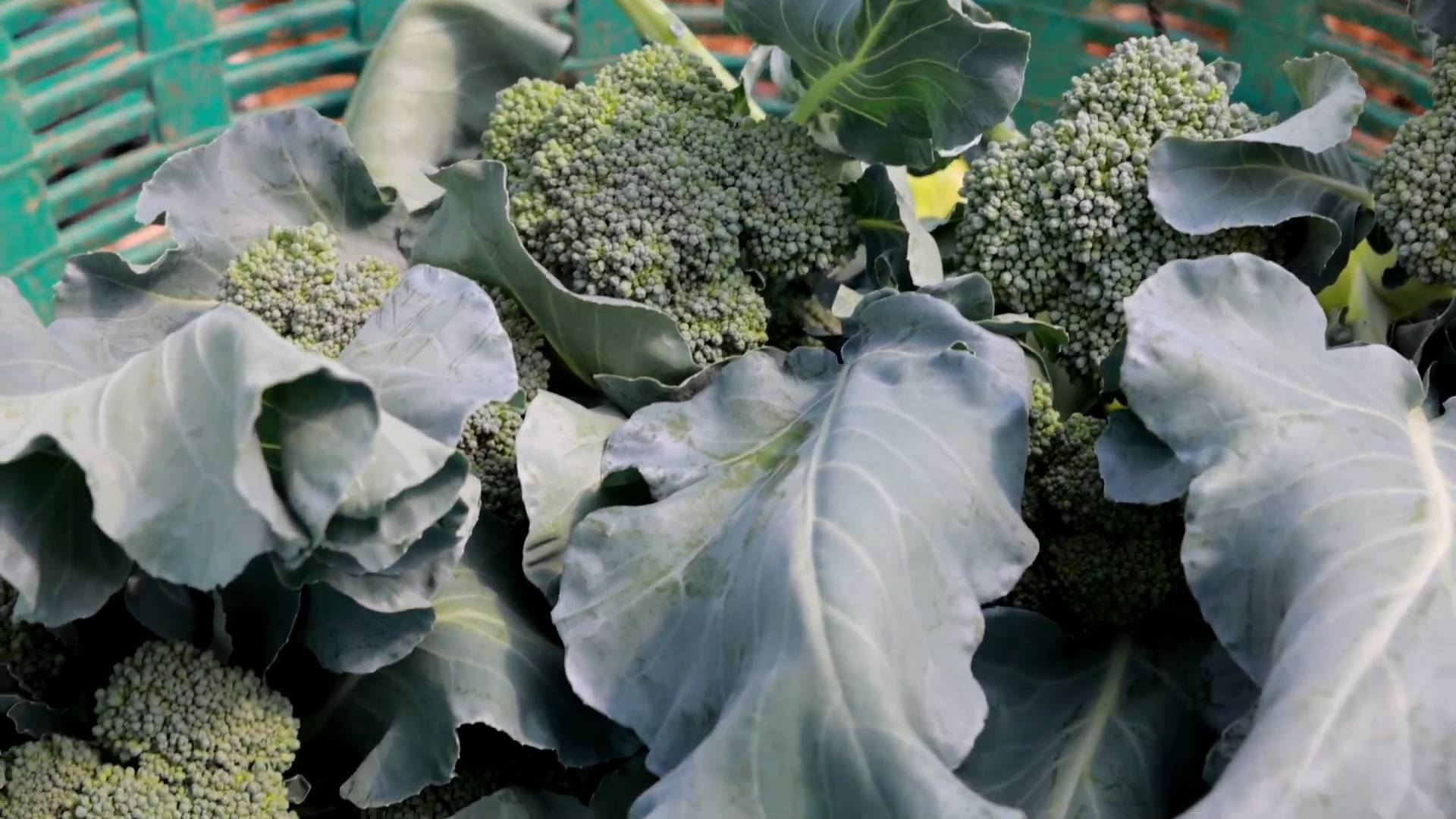
Growing Broccoli at Home: A Beginner’s Guide
Hey there, fellow gardening enthusiasts! Broccoli, that nutritional powerhouse, is surprisingly easy to grow at home. I’m going to walk you through the entire process, from seed to harvest, so you can enjoy fresh, homegrown broccoli right from your backyard (or even your balcony!). Let’s get started!
Choosing Your Broccoli Variety
First things first, let’s talk about broccoli varieties. There are tons to choose from, and the best one for you will depend on your climate and preferences. Here are a few popular options:
* Calabrese: This is your classic, large-headed broccoli. It’s reliable and produces a good yield.
* Waltham 29: A cold-hardy variety, perfect for areas with shorter growing seasons.
* DiCicco: This variety produces smaller heads but is known for its early maturity and side shoots, giving you a longer harvest.
* Romanesco: If you’re feeling adventurous, try Romanesco broccoli! It has a unique, fractal-like appearance and a slightly nutty flavor.
I personally love Calabrese for its size and reliability, but feel free to experiment and find what works best for you!
Starting Your Broccoli Seeds
You can either start your broccoli seeds indoors or directly sow them in your garden. I prefer starting them indoors, especially if you live in an area with a short growing season, because it gives the seedlings a head start.
Starting Seeds Indoors:
1. Gather Your Supplies: You’ll need seed starting trays or small pots, seed starting mix (not regular potting soil!), broccoli seeds, a spray bottle, and a grow light (optional, but highly recommended).
2. Fill the Trays: Moisten the seed starting mix and fill your trays or pots, leaving about half an inch of space at the top.
3. Sow the Seeds: Plant 2-3 seeds per cell or pot, about ¼ inch deep. Gently cover the seeds with more seed starting mix.
4. Water Carefully: Use a spray bottle to gently water the soil. You want it to be moist, but not soggy.
5. Provide Light and Warmth: Place the trays in a warm location (around 70-75°F) and under a grow light if you have one. If you don’t have a grow light, a sunny windowsill will work, but be sure to rotate the trays regularly to prevent the seedlings from leaning towards the light.
6. Keep the Soil Moist: Check the soil daily and water as needed to keep it consistently moist.
7. Thin the Seedlings: Once the seedlings have their first true leaves (the second set of leaves), thin them to one plant per cell or pot. Choose the strongest seedling and gently snip off the others at the soil line.
Direct Sowing Seeds:
1. Prepare the Soil: Choose a sunny spot in your garden with well-drained soil. Amend the soil with compost or other organic matter to improve its fertility and drainage.
2. Sow the Seeds: Plant the seeds about ½ inch deep and 18-24 inches apart.
3. Water Gently: Water the soil gently to avoid washing away the seeds.
4. Keep the Soil Moist: Keep the soil consistently moist until the seedlings emerge.
5. Thin the Seedlings: Once the seedlings are a few inches tall, thin them to 18-24 inches apart.
Transplanting Your Broccoli Seedlings
Once your seedlings have 4-6 true leaves and are about 4-6 inches tall, it’s time to transplant them into your garden. This usually takes about 4-6 weeks after sowing the seeds indoors.
1. Harden Off the Seedlings: Before transplanting, you need to “harden off” the seedlings. This means gradually exposing them to outdoor conditions to help them adjust to the sun, wind, and temperature changes. Start by placing the trays or pots outdoors in a sheltered location for a few hours each day, gradually increasing the amount of time they spend outside over the course of a week.
2. Prepare the Planting Site: Choose a sunny spot in your garden with well-drained soil. Amend the soil with compost or other organic matter to improve its fertility and drainage. Broccoli needs at least 6 hours of sunlight per day.
3. Dig the Holes: Dig holes that are slightly larger than the root balls of the seedlings, spacing them 18-24 inches apart.
4. Transplant the Seedlings: Gently remove the seedlings from their trays or pots and place them in the holes. Make sure the top of the root ball is level with the soil surface.
5. Fill the Holes: Fill the holes with soil and gently firm it around the base of the plants.
6. Water Thoroughly: Water the seedlings thoroughly after transplanting.
7. Mulch: Apply a layer of mulch around the plants to help retain moisture, suppress weeds, and regulate soil temperature. I like to use straw or shredded leaves.
Caring for Your Broccoli Plants
Now that your broccoli plants are in the ground, it’s important to provide them with the care they need to thrive.
1. Watering: Broccoli needs consistent moisture, especially during hot, dry weather. Water deeply and regularly, aiming to keep the soil consistently moist but not waterlogged. I usually water my broccoli plants every 2-3 days, depending on the weather.
2. Fertilizing: Broccoli is a heavy feeder, so it needs plenty of nutrients to produce large, healthy heads. Fertilize your plants every 2-3 weeks with a balanced fertilizer or compost tea.
3. Weeding: Keep the area around your broccoli plants free of weeds, which can compete for nutrients and water.
4. Pest Control: Broccoli is susceptible to several pests, including cabbage worms, aphids, and flea beetles. Inspect your plants regularly for signs of pests and take action as needed. Here are a few tips for controlling common broccoli pests:
* Cabbage Worms: These green caterpillars can quickly devour your broccoli leaves. Handpick them off the plants or use a biological insecticide like Bacillus thuringiensis (Bt).
* Aphids: These tiny insects suck the sap from plants, causing them to weaken and distort. Spray them off with a strong stream of water or use insecticidal soap.
* Flea Beetles: These tiny beetles jump when disturbed and can create small holes in the leaves. Cover your plants with row covers to prevent flea beetles from reaching them.
5. Supporting the Plants: As the broccoli heads grow larger, they may become heavy and cause the plants to topple over. If this happens, you can support the plants with stakes or cages.
Harvesting Your Broccoli
The moment you’ve been waiting for! Harvesting your broccoli is the most rewarding part of the process.
1. Timing is Key: Broccoli is ready to harvest when the head is firm and the flower buds are tight and unopened. If the buds start to open and turn yellow, it’s time to harvest immediately.
2. Cut the Head: Use a sharp knife to cut the main head of broccoli from the plant, leaving about 6 inches of stem.
3. Encourage Side Shoots: After harvesting the main head, the plant will often produce side shoots, which are smaller broccoli heads that grow from the leaf axils. You can harvest these side shoots as they mature, extending your harvest season.
4. Store Your Broccoli: Freshly harvested broccoli can be stored in the refrigerator for up to a week. To keep it fresh, wrap it loosely in a damp paper towel and place it in a plastic bag.
Troubleshooting Common Broccoli Problems
Even with the best care, you may encounter some problems while growing broccoli. Here are a few common issues and how to address them:
* Buttoning: This occurs when the broccoli head forms prematurely and remains small. It’s often caused by stress, such as lack of water or nutrients. Make sure your plants are getting enough water and fertilizer.
* Yellowing Leaves: Yellowing leaves can be a sign of nutrient deficiency, disease, or pest infestation. Check your plants for pests and diseases and fertilize them if necessary.
* Bolting: Bolting occurs when the broccoli plant starts to flower prematurely. It’s often caused by hot weather or stress. Choose heat-tolerant varieties and provide shade during hot weather.
Enjoying Your Homegrown Broccoli
Congratulations! You’ve successfully grown your own broccoli at home. Now it’s time to enjoy the fruits (or rather, vegetables) of your labor. Broccoli is incredibly versatile and can be used in a variety of dishes. You can steam it, roast it, stir-fry it, or even eat it raw. I personally love roasting broccoli with a little olive oil, garlic, and parmesan cheese.
Growing broccoli at home is a rewarding experience that allows you to enjoy fresh, healthy
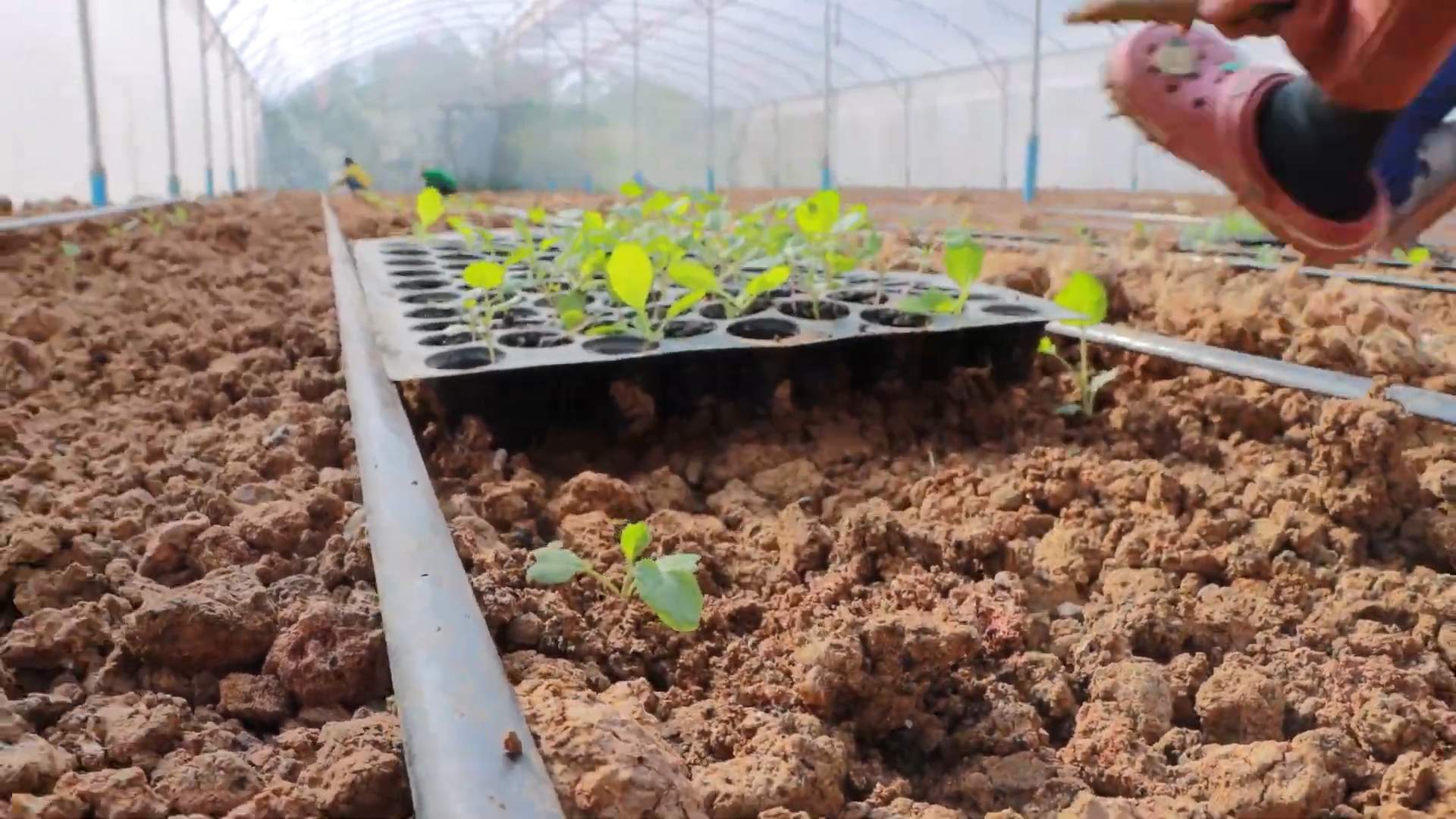
Conclusion
So, there you have it! Growing broccoli at home isn’t just a gardening project; it’s a gateway to fresher, more flavorful meals and a deeper connection with the food you eat. We’ve walked through the steps, from selecting the right seeds to harvesting your own vibrant, green heads. The beauty of this DIY approach is the control you gain over the entire process. You know exactly what goes into your broccoli, avoiding potentially harmful pesticides and ensuring the highest quality produce for your family.
Why is this a must-try? Because store-bought broccoli simply can’t compare to the taste of freshly harvested, homegrown broccoli. The crispness, the subtle sweetness, and the vibrant color are all amplified when you’ve nurtured the plant yourself. Plus, it’s incredibly rewarding to watch those tiny seedlings transform into mature, broccoli-producing powerhouses.
But the fun doesn’t stop there! Feel free to experiment with different varieties of broccoli. Try sprouting broccoli for a quicker harvest, or explore colorful options like purple sprouting broccoli for a visually stunning addition to your garden and plate. You can also adjust your planting schedule to enjoy multiple harvests throughout the growing season. Consider companion planting with herbs like rosemary or thyme to deter pests naturally and enhance the flavor of your broccoli. Another variation is to try growing broccoli in containers if you have limited garden space. This allows you to move your plants to optimal sunlight locations and protect them from extreme weather conditions.
Don’t be intimidated if you’re a beginner gardener. Growing broccoli at home is a surprisingly accessible project, and the satisfaction of harvesting your own crop is well worth the effort. Remember to pay attention to your plants’ needs, provide them with adequate sunlight and water, and protect them from pests. With a little patience and care, you’ll be enjoying delicious, homegrown broccoli in no time.
We’re confident that you’ll find this DIY gardening adventure both enjoyable and rewarding. So, grab your seeds, prepare your soil, and get ready to experience the joy of growing your own broccoli. We encourage you to try this DIY trick and share your experiences with us! Let us know what varieties you tried, what challenges you faced, and what delicious dishes you created with your homegrown broccoli. Share your photos and tips in the comments below – we can’t wait to hear from you! Happy gardening!
Frequently Asked Questions (FAQ)
What is the best time of year to plant broccoli?
The best time to plant broccoli depends on your climate. In general, broccoli thrives in cooler weather. For a spring harvest, start seeds indoors 6-8 weeks before the last expected frost, or direct sow them outdoors 2-3 weeks before the last frost. For a fall harvest, start seeds indoors in mid-summer or direct sow them in late summer. Check your local frost dates and adjust your planting schedule accordingly.
How much sunlight does broccoli need?
Broccoli needs at least 6 hours of direct sunlight per day to thrive. Choose a sunny location in your garden or, if growing in containers, ensure they are placed in a spot that receives ample sunlight. Insufficient sunlight can result in leggy plants and smaller heads.
What kind of soil is best for growing broccoli?
Broccoli prefers well-drained, fertile soil that is rich in organic matter. Amend your soil with compost or well-rotted manure before planting to improve its fertility and drainage. A slightly acidic to neutral soil pH (around 6.0 to 7.0) is ideal. You can test your soil pH with a soil testing kit and adjust it as needed.
How often should I water my broccoli plants?
Broccoli needs consistent moisture to grow properly. Water deeply and regularly, especially during dry periods. Aim to keep the soil consistently moist but not waterlogged. Mulching around the plants can help retain moisture and suppress weeds. Check the soil moisture regularly by sticking your finger about an inch into the soil. If it feels dry, it’s time to water.
What are some common pests and diseases that affect broccoli?
Common pests that affect broccoli include cabbage worms, aphids, flea beetles, and cabbage root maggots. Common diseases include clubroot, black rot, and downy mildew. Inspect your plants regularly for signs of pests or diseases. Use organic pest control methods such as handpicking pests, using insecticidal soap, or applying Bacillus thuringiensis (Bt) for cabbage worms. Ensure good air circulation to prevent fungal diseases. Crop rotation can also help prevent soilborne diseases.
How do I know when my broccoli is ready to harvest?
Broccoli is ready to harvest when the central head is firm, tight, and a deep green color. The individual florets should be tightly closed. If the florets start to open and turn yellow, it’s a sign that the broccoli is overripe. Cut the central head with a sharp knife, leaving a few inches of stem. Side shoots will often develop after the central head is harvested, providing you with additional smaller heads.
Can I grow broccoli in containers?
Yes, you can grow broccoli in containers! Choose a large container that is at least 12 inches deep and 12 inches wide. Use a high-quality potting mix and ensure the container has good drainage. Water regularly and fertilize every few weeks with a balanced fertilizer. Container-grown broccoli may require more frequent watering and fertilization than broccoli grown in the ground.
What fertilizer should I use for broccoli?
Broccoli is a heavy feeder and benefits from regular fertilization. Use a balanced fertilizer (e.g., 10-10-10) at planting time and then side-dress with a nitrogen-rich fertilizer every few weeks during the growing season. Alternatively, you can use organic fertilizers such as compost tea or fish emulsion. Follow the instructions on the fertilizer label for application rates.
How can I prevent my broccoli from bolting (going to seed)?
Bolting is when a plant prematurely flowers and goes to seed, often due to stress such as heat or drought. To prevent bolting, choose bolt-resistant varieties, provide consistent moisture, and protect your plants from extreme heat. Mulching can help keep the soil cool and moist. If you live in a hot climate, consider planting broccoli in the fall for a winter or early spring harvest.
Is it safe to eat broccoli leaves?
Yes, broccoli leaves are edible and nutritious! They have a slightly milder flavor than the florets and can be used in salads, stir-fries, or soups. Choose young, tender leaves for the best flavor and texture. Wash the leaves thoroughly before eating.

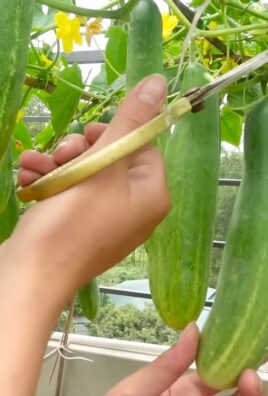
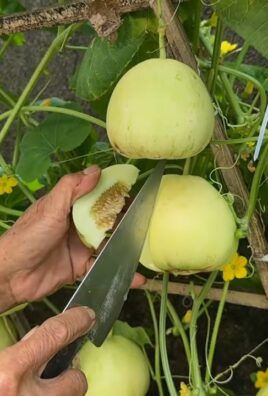
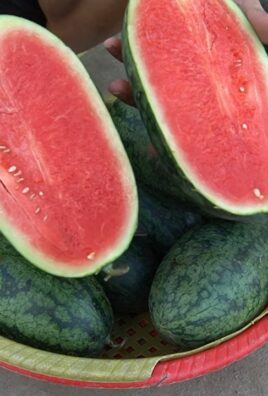
Leave a Comment